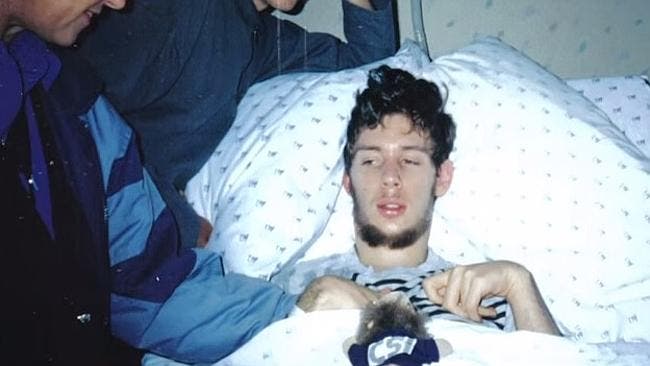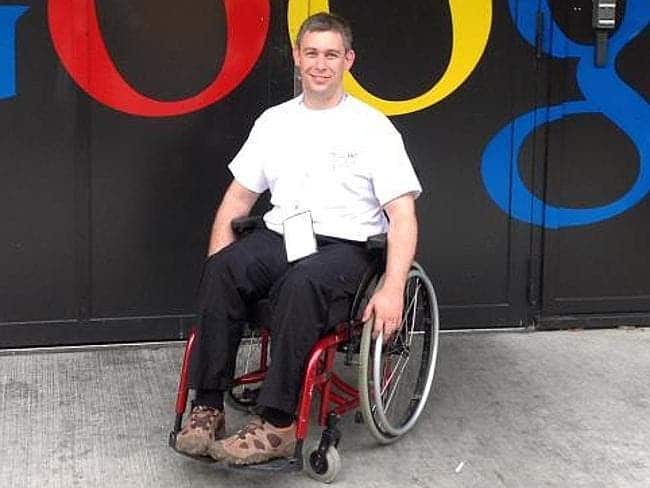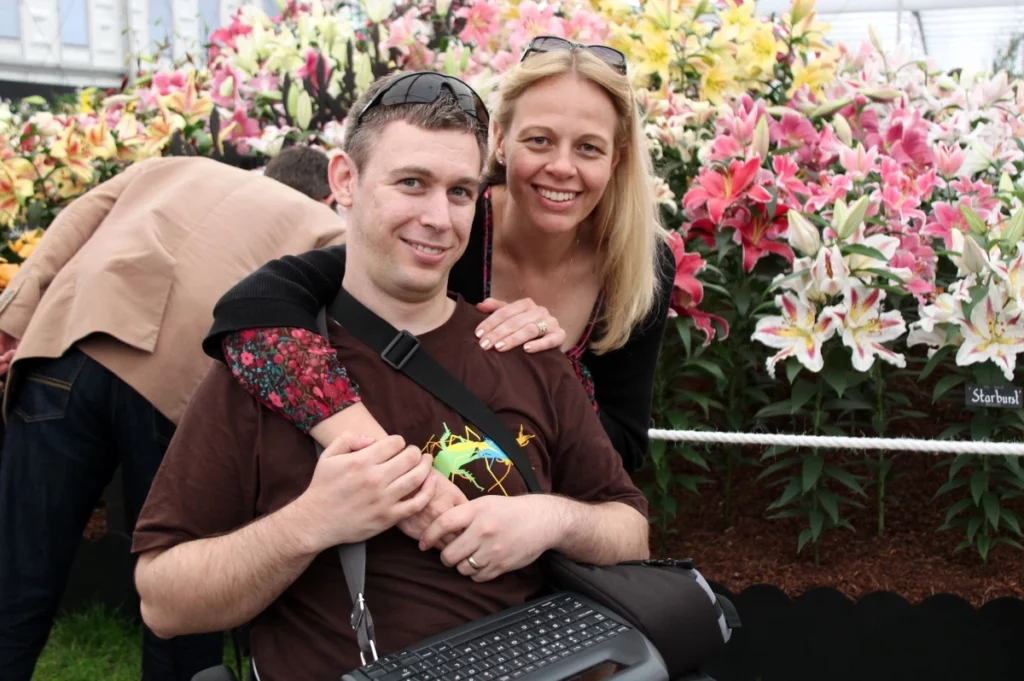
When he was 12, Martin Pistorius came home with a sore throat. It didn’t seem like much, but his condition quickly deteriorated. He was soon unable to move or even speak. Eventually, he crashed into a coma that would go on to last 12 years.
It was not clear at the time what caused his condition. Doctors didn’t know what happened to him, although they suspected cryptococcal meningitis, an infection that spread from the lungs to the brain. Pistorius went into a deep coma and for the next 4 years, he did interact with the world.
But around age 16, he started regaining his consciousness. He was still paralyzed except for his eyes, and no one realized he was conscious. By age 19, he was completely conscious and could hear everything around him — but he couldn’t communicate. Not even during this stage, no one realized he was aware.
He was suffering from locked-in syndrome.
Ghost boy: the man who stayed in a coma but was aware all of this time
Martin’s body became his prison, but he was ultimately able to escape after spending years trying to communicate with the outside world. After his recovery, he would speak of news events that happened and that he had heard of on the TV or radio.
“I was aware of everything,” he said, “just like any normal person. Everyone was so used to me not being there that they didn’t notice when I began to be present again. The stark reality hit me that I was going to spend the rest of my life like that – totally alone.”
Unfortunately, there were no brain scans conducted on him at the time, which would have shown that his brain is very much active. Martin is the subject of the first episode of NPR’s series Invisibilia.
Martin, who is often referred to as “Ghost Boy” by the media, says his worst memory is the cartoon character Barney, which he was forced to watch for hours and hours straight.
“I cannot even express to you how much I hated Barney,” Martin recalled on the first episode of NPR’s new radio show about human behavior, Invisibilia.
Although Pistorius could see and even hear what was around him, he couldn’t move. He felt as if his body was encased, and even when he started to make small movements, nobody noticed. That’s when the sadness really kicked in… and Barney was the last straw.
“You don’t really think about anything. You simply exist. It’s a very dark place to find yourself because, in a sense, you are allowing yourself to vanish.”
He was aware of important events happening in the world by listening to the TV or people speaking around him. He was also aware that his family had continued their lives without him.
“I have a younger brother and a sister, and they and my parents would go on holidays without me, which was extremely difficult. The worst part was that I had a perpetual fear they’d have a car accident and die, and would never come to fetch me,” Pistorius told MailOnline.
“I never felt angry with my parents as I knew they loved me and they did the best they could. But I felt furious about the situation. There were many times when I cried inside. I reached a point where I essentially gave up.”
The eyes never lie
Interestingly enough, it was his aromatherapist, Virna van der Walt, who picked up on his subtle “language” — virtually imperceptible smiles, gazes, and nods he used to indicate he was paying attention. He was 25 years old.
“Happiness surged through me. I was Muhammad Ali, John McEnroe, Fred Trueman. Crowds roared their approval as I took a lap of honour,” Pistorius said of the moment his therapist acknowledged his consciousness.

She insisted that Martin should be tested, and the parents allowed this. The tests confirmed that he was awake and responsive. His parents bought him a computer with communication software, and after years and years of practice, he was able to communicate using synthetic speech. In 2003, Pistorius got a paid job at the health center, working one day a week.
“At every turn my eyes opened in wonder as I crashed into new experience: seeing a man with brightly coloured hair like parrot feathers running down the centre of his head; tasting a cloud of melting sugar called candy floss; feeling the warm pleasure that comes with going shopping for the first time to buy Christmas presents for my family; or the sharp surprise of seeing women in short skirts,” he said.

His condition started to improve, and he eventually learned how to make websites and graduated from University. He now has his own business as a web designer and is married with children.
This truly is a stunning story, one that shows how much we still don’t understand about the comatose state, and about the human body in general.


